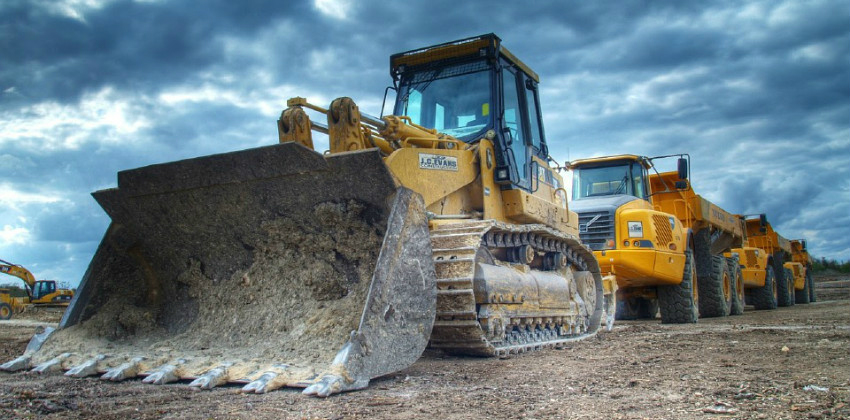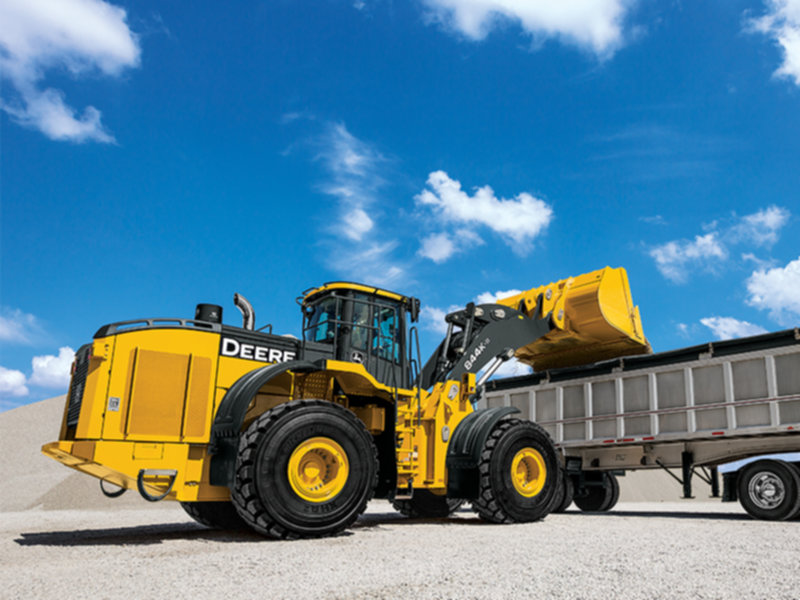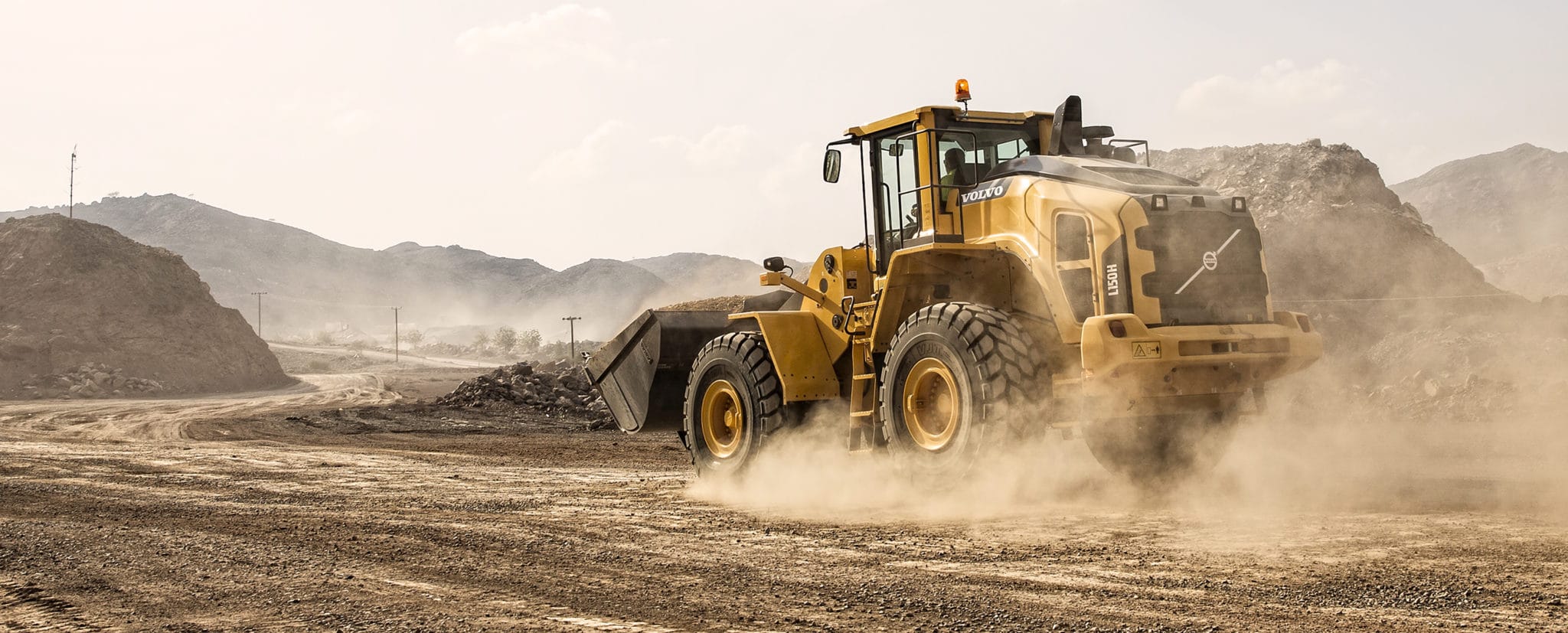Forklift Rental Services for Industrial and Commercial Use
Forklift Rental Services for Industrial and Commercial Use
Blog Article
Renting Vs. Purchasing Building Tools: Making the Right Selection for Your Task
When embarking on a construction project, one of the vital choices that predict supervisors and stakeholders face is whether to buy or rent building and construction tools. The choice hinges on numerous elements such as expense factors to consider, project duration, tools maintenance, danger, adaptability, and scalability management.
Price Considerations
Renting out equipment frequently requires reduced initial payments compared to buying, making it an eye-catching choice for short-term jobs or service providers with spending plan constraints. In the long run, continuously renting out tools can build up greater costs than purchasing, particularly for prolonged tasks.
On the other hand, acquiring building equipment entails greater in advance prices however can result in long-lasting financial savings, particularly for regular customers or long-term projects. Possessing equipment offers versatility, convenience, and the potential for resale worth once the project is finished. Additionally, possessing devices permits personalization and knowledge with certain equipment, potentially boosting effectiveness and performance on-site. Ultimately, the decision in between leasing and buying construction tools rests on the project's period, frequency of usage, budget plan factors to consider, and long-term monetary objectives.
Project Period

On the other hand, for long-lasting tasks or continuous building and construction work, acquiring tools can be the more economical choice. Investing in devices can result in cost financial savings over time, especially if the equipment will be often used. Furthermore, possessing equipment gives a feeling of control over its accessibility and enables customization to fit certain project demands.

Equipment Upkeep
Given the vital role task duration plays in establishing the most cost-effective technique in between renting and buying construction devices, the emphasis now moves towards analyzing the necessary facet of equipment maintenance. Appropriate maintenance is important for making sure the optimum performance and long life of building equipment. Renting out tools often comes with the benefit of having well-kept machinery given by the rental firm. This can reduce the problem of maintenance jobs from the task proprietor or contractor, conserving effort and time. On the various other hand, having devices calls for an aggressive strategy to upkeep to avoid break downs, make certain security, and extend the equipment's life-span. Normal inspections, maintenance, and timely repair work are essential to maintain owned devices in leading working problem. Consider upkeep costs when making a decision between acquiring and renting, as disregarding upkeep can cause pricey fixings, downtime, and job delays. Eventually, a properly maintained building equipment fleet, whether rented or had, is crucial for the efficient and successful conclusion of construction tasks.
Versatility and Scalability
In the world of building and construction devices management, the facet of flexibility and scalability holds considerable relevance for task performance and source utilization. Choosing to lease building equipment offers a high degree of flexibility as it enables the quick adjustment of tools types official source and quantities based on the evolving demands of a project. Leasing makes it possible for professionals to access a wide variety of specialized equipment that might be required for certain tasks without the lasting dedication of ownership. This versatility is especially advantageous for jobs with varying needs or unclear durations (mini excavator rental).
In addition, scalability, another important variable, is naturally connected to adaptability. Renting building and construction tools uses the benefit of quickly scaling procedures up or down as task demands fluctuate. Specialists can swiftly include or exchange equipment to match the task's altering needs without the restraints of possessing possessions that might end up being underutilized or obsolete. This ability to range sources successfully can cause expense savings and boosted job timelines, making renting a beneficial choice for jobs requiring flexibility and responsive resource allotment.
Risk Administration
Effective danger management in building devices operations is critical to making certain task success top article and mitigating prospective economic losses. Construction tasks naturally involve numerous risks, such as equipment failures, mishaps, and job delays, which can dramatically affect the project timeline and budget plan. By thoroughly taking into consideration the dangers linked with owning or renting out building devices, project managers can make informed decisions to minimize these potential threats.
Renting out building and construction equipment can supply a degree of danger reduction by moving the responsibility of repair and maintenance to the rental business. This can reduce the economic worry on the task proprietor in instance of unforeseen equipment failures (aerial lift rental). Additionally, leasing gives the adaptability to accessibility specific tools for specific task stages, lowering the threat of owning underutilized machinery
On the various other hand, having building devices supplies a sense of control over its use and maintenance. Nevertheless, this additionally implies birthing the full obligation for fixings, maintenance prices, and devaluation, enhancing the economic dangers associated with tools possession. Careful threat evaluation and factor to consider of variables such as task period, devices use, and maintenance demands are important go to this site in figuring out the most ideal alternative for efficient risk management in building and construction projects.
Final Thought
To conclude, when deciding between purchasing and renting construction equipment, it is very important to consider price, task duration, tools maintenance, scalability, versatility, and risk management. Each element plays an important duty in figuring out the most suitable choice for the job handy. By thoroughly evaluating these aspects, project supervisors can make an educated decision that lines up with their spending plan, timeline, and total task goals.

Report this page